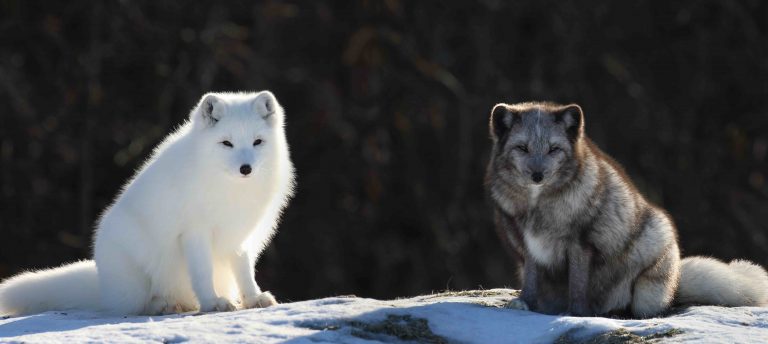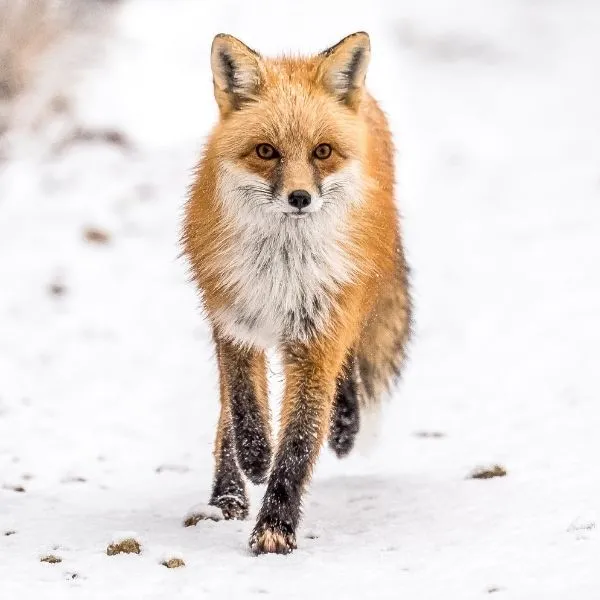
The reason that these foxes are nomadic is because of their diets. Arctic foxes must eat a lot of food to keep warm and stay aliveĬontrary to popular belief, a baby Arctic fox isn’t called a cub, but it is called a kit. The Arctic fox has a thick and bushy tail that it wraps around itself to keep warm, while also helping it maintain an internal temperature of around 160°. This is where their fur comes into the picture.

Since these creatures live in places that don’t often see the sun, it’s important that they conserve body heat and remain warm at all times. Life ExpectancyĪrctic foxes usually live for about four years in the wild, but they can live for more than 13 years in captivity.Īlso Read: Arctic Wolf Facts 11 Interesting Facts About Arctic Foxes The Arctic fox’s fur acts as a blanket The Arctic fox also eats berries and plants, which means that they are not pure carnivores.Īt times of food scarcity, the Arctic fox might also eat its own feces, but this does not happen often. For instance, the foxes in Canada and Iceland typically prey on migrating birds. It’s worth noting that the diet of the Arctic fox depends on its location. At times, these foxes also eat the carcasses of other animals like polar bears and wolves. These include rodents like voles and lemmings, along with birds, hares, fish, and eggs. The Arctic fox eats a varied diet consisting mainly of animals smaller than itself. It is also often found in parts of Iceland, Asia, and Europe. In terms of range, the Arctic fox is usually found in the Northern Hemisphere, in places like Alaska, Canada, and Greenland. When the weather gets warmer, the Arctic fox usually lives near a forest, in a tundra. The Arctic fox typically lives on ice floes during the winter because its white fur helps it remain camouflaged and safe from predators. Just like the color of its fur, the Arctic fox’s habitat changes with the seasons. They are usually about one foot tall and two feet wide. The average Arctic fox can weigh anywhere between three and nine kilograms, making it the same size as a house cat. Therefore, during the summer months, its fur gets thinner and becomes bluish-brown, which helps the fox camouflage itself better in the landscape without snow. When the weather gets warmer, the Arctic fox doesn’t need as much warmth and protection from the cold as it normally does. However, it is important to note that the color of the Arctic fox’s fur color changes as the seasons change throughout the year. AppearanceĪrctic foxes have thick white fur during the winter months and long, bushy tails that help keep them warm in the snow. When translated, Vulpes means fox, while Vulpes Lagopus means ‘hair on feet,’ which is about the hair that grows on an Arctic fox’s paw pads. The Arctic fox’s Latin name is Vulpes Lagopus.

The scientific classification for the Arctic fox is as follows: The official name for the Arctic fox is Vulpes Lagopus.

Arctic foxes don’t hibernate at all during the year, even in winter.The Arctic fox’s thick fur can resist temperatures as low as -14☌.Arctic foxes have two types of communication sounds: interaction sounds and contact sounds.Arctic foxes dive headfirst into the snow when hunting for lemmings.The Arctic fox has a strong sense of smell that helps them catch their prey hidden underneath the snow.


 0 kommentar(er)
0 kommentar(er)
